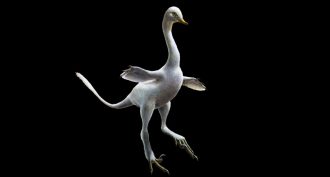Fossils
-
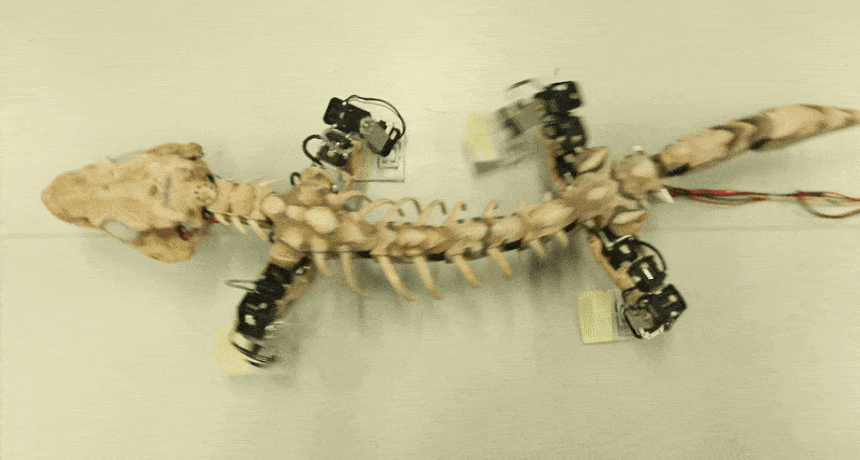 Fossils
FossilsThis robot shows how an ancient creature might have walked
Scientists used fossils, footprints, a computer models and a life-sized walking robot to find out how an ancient creature moved.
-
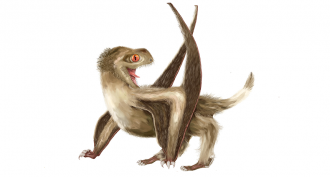 Fossils
FossilsThese fuzz-covered flying reptiles had catlike whiskers
New fossils are changing the look of ancient flying reptiles called pterosaurs.
By Riley Black -
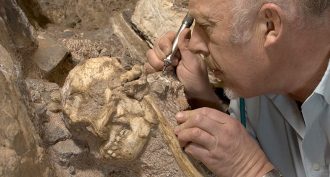 Fossils
FossilsA skeleton named ‘Little Foot’ causes big debate
New studies suggest a fossil hominid called Little Foot belongs to the species Australopithecus prometheus. Other scientists question whether such a species exists.
By Bruce Bower -
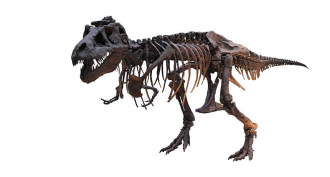 Fossils
FossilsT. rex pulverized bones with an incredible amount of force
Tyrannosaurus rex’s powerful bite and remarkably strong teeth helped the dinosaur crush bones.
-
 Animals
AnimalsWhat ‘The Meg’ doesn’t quite get right about megalodon sharks
A paleobiologist helps separate shark fact from fiction in the new Jason Statham film The Meg.
-
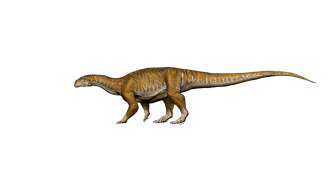 Fossils
FossilsThere’s more than one way to build a giant dinosaur
Some early long-necked dinosaurs may have built big bodies from a different blueprint than their later giant relatives.
-
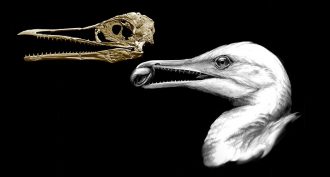 Fossils
FossilsThis extinct bird boasted dinosaur-like teeth
Fossil skulls from an ancient bird shows this flyer had a beak — but dino-like chompers to chew through its prey.
-
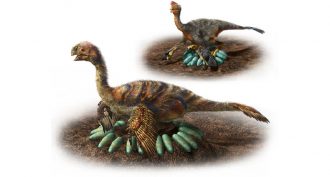 Fossils
FossilsHefty dinosaurs had a trick for sitting on eggs safely
To keep their eggs warm without squashing them, some heavy dinosaurs laid eggs in a ring and sat in a space at the middle.
-
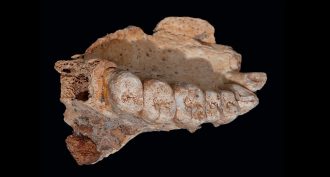 Fossils
FossilsAncient jaw suggests humans left Africa earlier than thought
A fossil jaw found in a cave in Israel is at least 177,000 years old. The scientists who found it think it shows humans left Africa much earlier than thought.
By Bruce Bower -
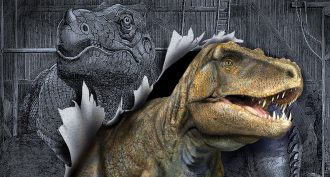 Life
LifeDefining a dinosaur is now far harder
New fossil finds are making it difficult to say for certain what makes dinosaurs unique.
-
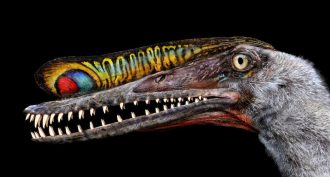 Fossils
FossilsJackpot! Hundreds of fossilized pterosaur eggs unearthed in China
A trove of fossilized pterosaur eggs and embryos offer tantalizing clues to the winged reptiles’ early development.
-
